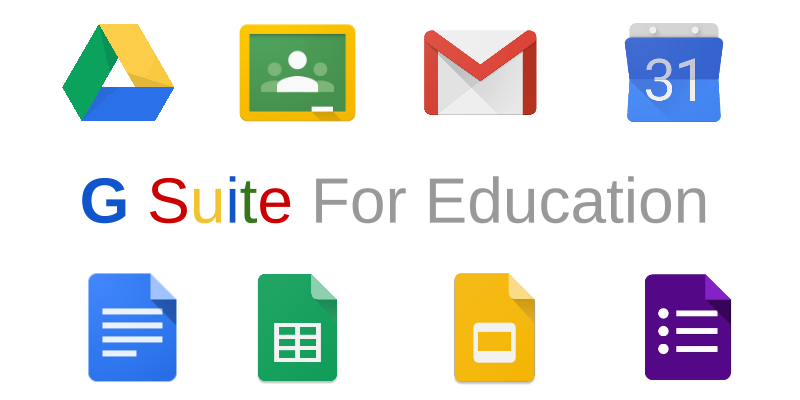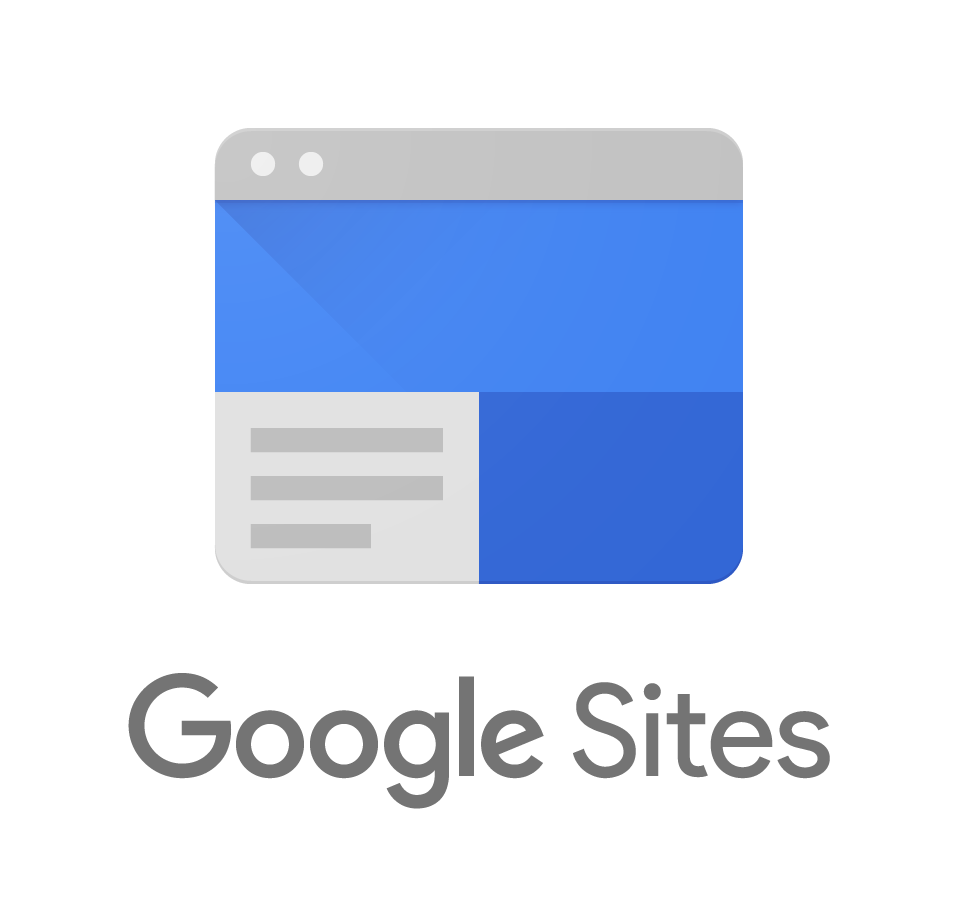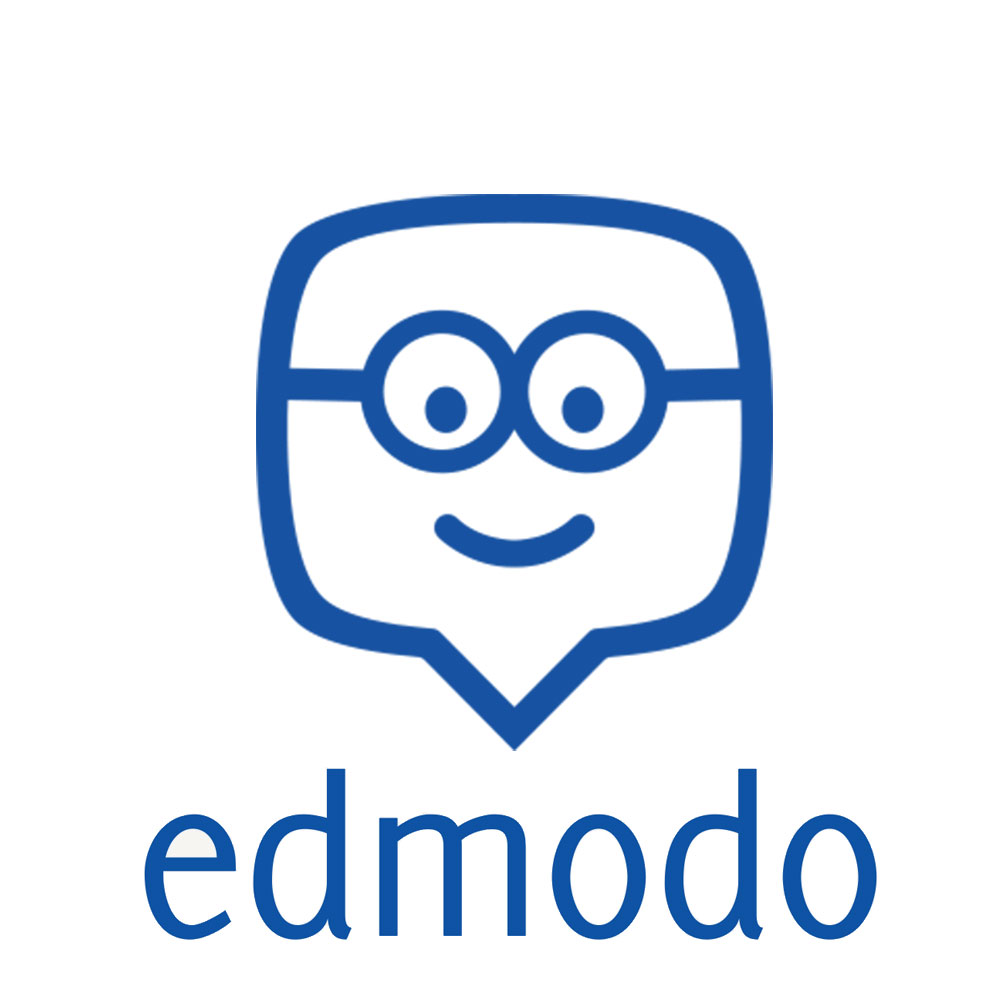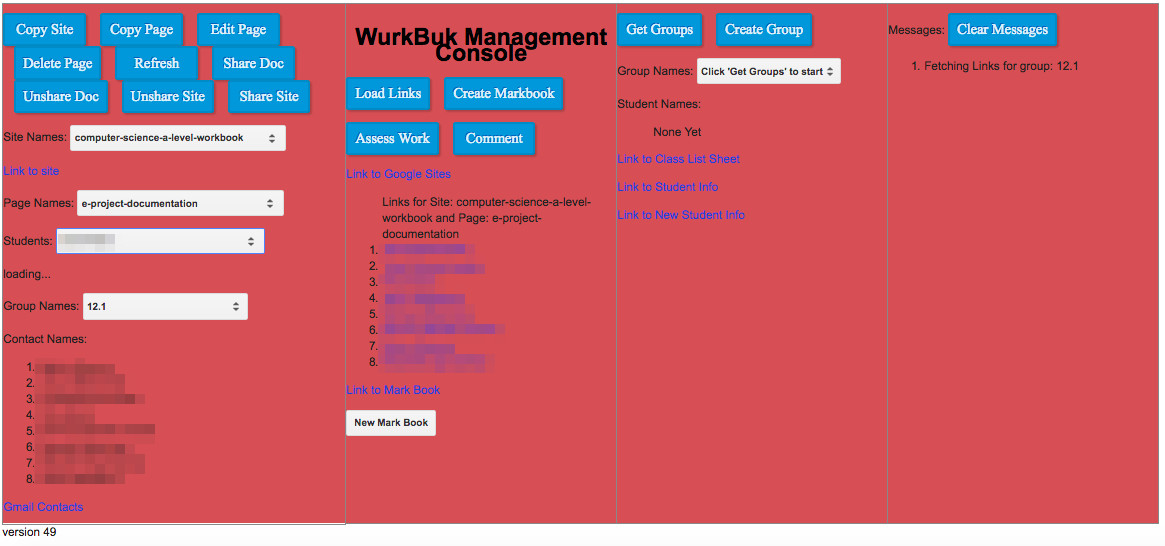
Welcome to part 2 of my Paperless Classroom series of blog posts. In part 1, I explained the what, whys and hows of going paperless, as well as what could go wrong and some tools that could be used. I also refered to my previous posts on tools that I had used in the past, and using Google Sites as a medium of instruction. In this post, I want to concentrate on my progression from paper based to paperless classrooms. What is important to mention is that there are a million and one different ways to do it, and all are dependent on the students, the school, the availability of equipment and technology as well as what software is available given the funds at your disposal. In my experience I tried to make sure that all software that was used was free. Below, I'll talk about how I started in the mid 2000s, and what led me to end up developing my own tools.
Network Drives, shared folders and Compact Disks
![]()
As most teachers did in the mid 2000s, I started sharing work by using shared folders in network drives housed within the school. These were not accessible outside of the school building and school email was limited. Office applications (specifically Microsoft at the time) were widely used for learning about productivity, and were central to classroom teaching in ICT (Computer Science didn't really exists in secondary at the time). I kept all my marks on excel spreadsheets although, many other teachers held their records in books, and diaries. Other resources including lesson plans, were distributed via CDs which were later copied to USB drives.
Prezis as shared instructional material

Several years later, in the early 2010s, I was working at a different school, and was able to dictate how technology was used within my classrooms. This is when I started to move towards giving students a bit more ownership of their learning. I still used shared drives, where each student had a folder that they managed with their work. The main difference was how I shared work with the students. I started by using Prezi presentations to show work, and gave students the link address so they could access it and go back and forth through the materials at their own pace during the lesson.
Google Apps for Education and sharing progress

After convincing the Lead IT technician to move to Google Apps for Education, at the school I was in, I managed to get all my students access to Google services. I gradually moved from Prezis to Google Slides or Docs as a medium to share work with students in the classroom. With this method I could create a worksheet out of a Google document and then have the students make a copy of it and complete their classwork, showing evidence of learning, within the learning slides I had included. Students moved their file structures which housed their previous work from the shared network drives to their Google drives, which gave them the ability to access their materials at home. This in turn made it much easier for them to do homework when necessary.
To share progress with the students, I created a master Google sheet with all marks for their work as well as comments. Each student had their own sheet which had a copy of their results from the master sheet. Each student sheet was linked to the master sheet, so I only needed to edit the master. This was a little clunky to manage, but having only a few classes that used this method was doable. For this I used a function that was not present on Microsoft Office.
Google Sites as a medium of instruction

As a result of running the BTEC First in Information and Creative Technologies (an Edexcel/Pearson Qualification), which required the design and creation of websites, I became familiar with Google sites which I used to teach the course. It was accessible to all the students and manageable by me in regards to access rights. This then led me to learn about Google sites and its suitability as a medium of instruction. I was able to embed Prezis, as instructional material, as well as Google Slides and Docs as worksheets that the students could then copy and complete. This became my main mode of sharing lesson materials, and continued to allow students to learn at their own pace within the class.
Edmodo, Moodle and Google Classroom



During the same time, I experimented with Edmodo, by registering students and sharing Prezis and other teaching resources. However, I found the Facebook stream view very inappropriate for a teaching environment. My preference would be for students be able to look back on previous learning in a quick and efficient way and to have it link with current and future learning. However, having a unorganisable stream of lessons, which required scrolling down for however long, depending on when previous lessons were taught, was unwealdy. As a result, my use of this was limited.
Another VLE that I experimented with was Moodle, which I initially had dreams of using as my main medium for sharing. However, this proved to have a few issues. The first was the fact that I was, at the time, unable to sync the student passwords they used for Google with Moodle. This would have enabled students to not have to remember more than one password for a different system, which believe it or not, was an extremely useful thing. One thing that is not always obvious in secondary education is that password management is something that needs to be taught. It is not something easily learnt by young students, and especially difficult for students with special educational needs and disabilities. This and the difficulty that young students would have just using the platform put me off. This is not to say that Moodle was unsuitable in secondary education. It was just unsuitable for my secondary education case, in my school, with my students, the way I wanted to teach. In order to make it suitable, I would have had to either spend time adapting the Moodle platform to suit my environment, or would have had to pay a company for them to do it. Unfortunately, I had neither the time or the money, so decided to abondon Moodle and continue with what I was already doing. I did, however, maintain its use in a basic sense, for the regular after school Computer Science club. This only had a few students at a time who were already fairly advanced, so was managable. I also kept the system open as no student data was held within it.
I also experimented with Google Classroom around this time, which in 2014 was on pre-release to some Google Apps for Education schools. I was initially really excited about it, as I was a big fan of Docs, Sheets and Slides. Unfortunately, after a few weeks of use, the excitement turned to disapointment. This wasn't because of the limited functionality, as I was well aware that a newly released service would run barebones to begin with. My main issue was its similarity with Edmodo. It was nearly the same thing, with the timeline view of students work that I found so annoying. I continued to try it, but after a few other issues, such as how long it took to complete simple basic actions, I grew tired. I realised that the only way to get a service that I felt was good enough for teaching and learning in a mixed ability, secondary environment was to create one myself. After a good few months of research of how this could be done, and platforms that were available I landed on using Google Apps Script and Javascript with HTML and CSS to control Google Sites and other services.
Although my experience with Google Classroom was not as positive as I had hoped for, there was one feature that I thought was absolute genius, and extremely useful for my classroom. This was the use of copying Docs, Sheets or Slides for each student. I was already using worksheets created in either of those services, and asking students to manually make copies for their own use. Google Classroom having implemented a feature that did this automatically, with access rights also automatically set was a god send! One of my problems with students doing it manually, was that they would often forget to share their documents with me, so I couldn't see it or mark it. No matter how much training, and practice I would give students in both copying and sharing their documents, there would often be at least one student who didn't do it correctly. Google Classroom solved this issue for me. So when I developed my own VLE, I made sure to implement this useful feature.
There were many iterations of my software with many bugs, but the image below is of one of the most recent iterations. Version 49 of my Wurkbuk Management Console.

Yes, it looks like a program from the 1980s, but aesthetics was not my main focus. It was functional, adaptable and as quick as I needed it to be. It was also buggy, and took a good while to get how I wanted it, but I would deem it a success. I'll talk a bit more about it in part 3.
Sources:
- http://deepred.co.za/wp/2017/07/14/paperless-clinic/
- http://chittagongit.com/icon/shared-folder-icon-22.html
- https://www.echalk.com/blog/2017/1/20/free-google-apps-for-education-whats-in-it-for-google
- https://www.kisspng.com/png-google-sites-google-logo-computer-icons-staff-6393807/preview.html
- http://lofrev.net/edmodo-logo-pictures/
- https://sites.google.com/a/isdedu.de/lmsreview/lms-candidates
- https://classroom.google.com/